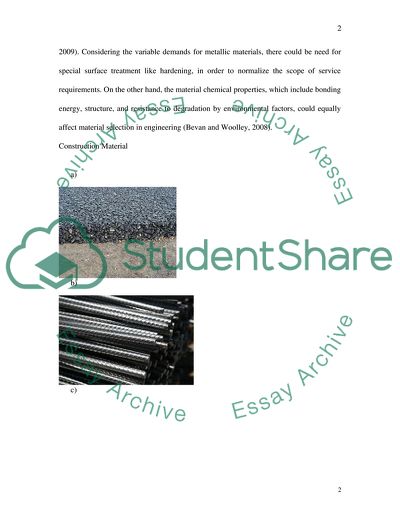Cite this document
(“The Influence of Materials Properties on Structural Form and Behaviour Essay”, n.d.)
The Influence of Materials Properties on Structural Form and Behaviour Essay. Retrieved from https://studentshare.org/engineering-and-construction/1654846-materials-properties-and-structural-form-and-behaviour
The Influence of Materials Properties on Structural Form and Behaviour Essay. Retrieved from https://studentshare.org/engineering-and-construction/1654846-materials-properties-and-structural-form-and-behaviour
(The Influence of Materials Properties on Structural Form and Behaviour Essay)
The Influence of Materials Properties on Structural Form and Behaviour Essay. https://studentshare.org/engineering-and-construction/1654846-materials-properties-and-structural-form-and-behaviour.
The Influence of Materials Properties on Structural Form and Behaviour Essay. https://studentshare.org/engineering-and-construction/1654846-materials-properties-and-structural-form-and-behaviour.
“The Influence of Materials Properties on Structural Form and Behaviour Essay”, n.d. https://studentshare.org/engineering-and-construction/1654846-materials-properties-and-structural-form-and-behaviour.


